10 Effective Postpartum Workouts for New Moms
That’s why effective postpartum workouts matter so much. They don’t have to be intense or time-consuming. In fact, the best exercises for new moms are low-impact, simple, and designed to rebuild strength, heal gently, and boost energy. This guide walks you through 10 effective movements that you can do at home, during nap time, or whenever a free moment arises. They’re designed to support healing, restore confidence, and help you feel strong again—from the inside out.
1. Diaphragmatic Breathing
Diaphragmatic breathing is where all postpartum healing begins. It reconnects your mind with your body, strengthens deep core muscles, and oxygenates your system to help fight fatigue. Plus, it can be done anywhere—lying down, sitting, or even nursing.To perform it, lie on your back with one hand on your chest and the other on your belly. Inhale deeply through your nose, expanding your belly while keeping your chest still. Exhale slowly through your mouth and draw your belly inward. Do this for 5–10 minutes daily.It may seem too simple to be effective, but it forms the foundation for every movement that follows. Diaphragmatic breathing helps regulate stress hormones, improve posture, and gently engage your abdominal muscles—all without breaking a sweat. This gentle but powerful tool sets the tone for deeper recovery.
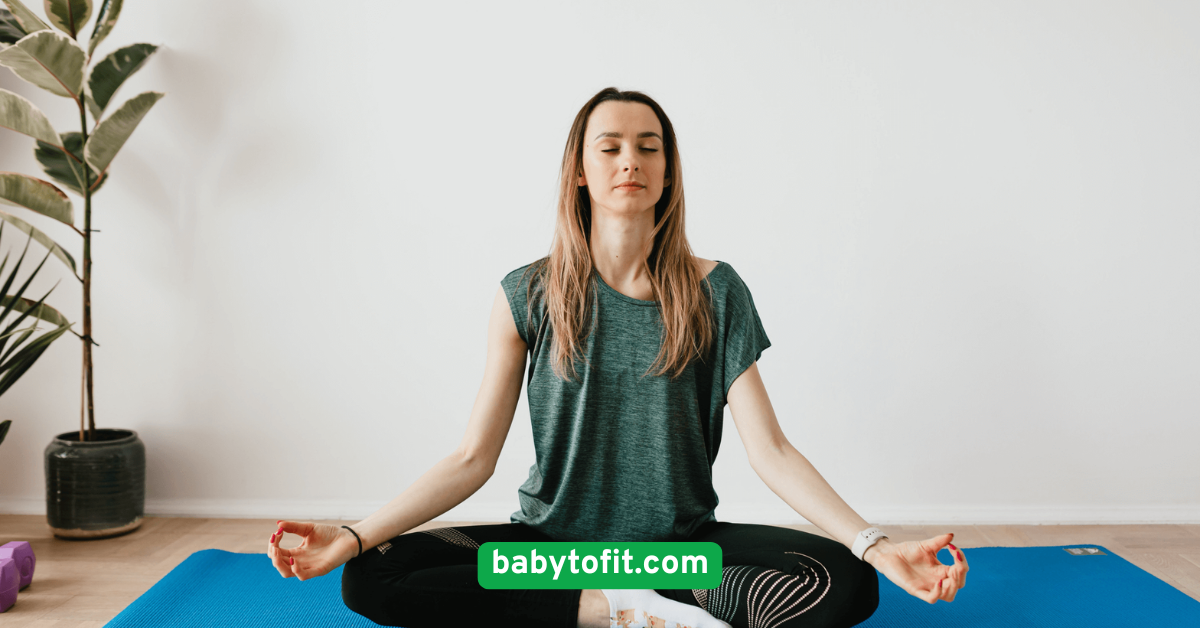
2. Pelvic Floor Activations (Kegels)
Your pelvic floor takes a hit during pregnancy and childbirth. Pelvic floor exercises, like Kegels, are essential for regaining bladder control, supporting your core, and preventing prolapse. Best of all? You can do them anytime—no equipment, no mat, and no need to change clothes.To begin, sit comfortably or lie down. Inhale deeply. As you exhale, gently squeeze the muscles you would use to stop the flow of urine. Hold for 3–5 seconds, then release. Repeat 10–15 times, two to three times per day.Kegels work best when paired with diaphragmatic breathing. Done consistently, they help rebuild the muscular support system that holds your organs in place, improves sexual health, and boosts your overall pelvic alignment.

3. Glute Bridges
Glutes tend to weaken during pregnancy due to shifts in posture and prolonged sitting. Glute bridges help reactivate these muscles while gently engaging the core and stabilizing the pelvis.Lie on your back with knees bent, feet flat on the floor hip-width apart. Inhale, and as you exhale, lift your hips toward the ceiling, squeezing your glutes at the top. Pause, then lower with control. Repeat 10–12 reps.Glute bridges are a perfect entry point to lower body strength. They can reduce low back pain, improve circulation, and even support better alignment while carrying or lifting your baby. As you progress, you can add a resistance band or gently press your baby against your hips for an adorable workout boost.

4. Seated Marches
If you’re dealing with low energy or just starting to move again, seated marches offer a safe, effective way to activate your core and elevate your heart rate. They improve blood flow and gently train the muscles in your hips and abdomen.Sit tall in a chair with your feet flat on the floor. Slowly lift one knee toward your chest, then lower it with control. Alternate legs, marching in place for 1–2 minutes. You can increase the pace as your stamina grows.This movement is deceptively powerful. It activates your hip flexors, strengthens your core, and even helps with posture. Perfect for early mornings, feeding breaks, or when you’re too tired to stand, seated marches are your quick fix for energy and mobility.

5. Wall Push-Ups
Traditional push-ups can feel daunting postpartum, especially if you’re managing diastasis recti or shoulder tension. Wall push-ups offer a safe way to regain upper body strength without straining your core or wrists.Stand about two feet away from a wall, feet hip-width apart. Place your palms on the wall, shoulder-width. Inhale, bend your elbows and lean in toward the wall. Exhale and push back to the start. Do 8–12 reps.This movement targets the chest, shoulders, and triceps while encouraging proper posture and shoulder alignment. Wall push-ups can be modified as you get stronger—just step further away from the wall for added challenge.

6. Standing Side Leg Lifts
Side leg lifts are a postpartum gem. They help tone the outer thighs and glutes, strengthen the hips, and improve balance—all without floor work or equipment. Ideal for multitasking moms!Stand behind a chair or hold onto a countertop. Engage your core and lift one leg to the side, keeping your toes pointed forward. Lower with control. Complete 10–12 reps per side.This move strengthens stabilizing muscles and is perfect for when you’re short on time or space. It’s a subtle yet effective way to tone and stabilize your hips, which are crucial for daily mom duties like bending, lifting, and chasing toddlers.

7. Bird-Dog Exercise
The bird-dog is a favorite among physical therapists for its ability to improve balance, coordination, and core strength without placing pressure on healing abdominal muscles.Start on all fours with wrists under shoulders and knees under hips. Extend your right arm forward and left leg back. Hold for a breath, then return. Repeat with opposite limbs. Perform 8–10 reps per side.This move encourages pelvic stability and spinal alignment while engaging your core and back muscles. It also enhances neuromuscular control, which is often disrupted during pregnancy. A great addition to any postpartum routine!
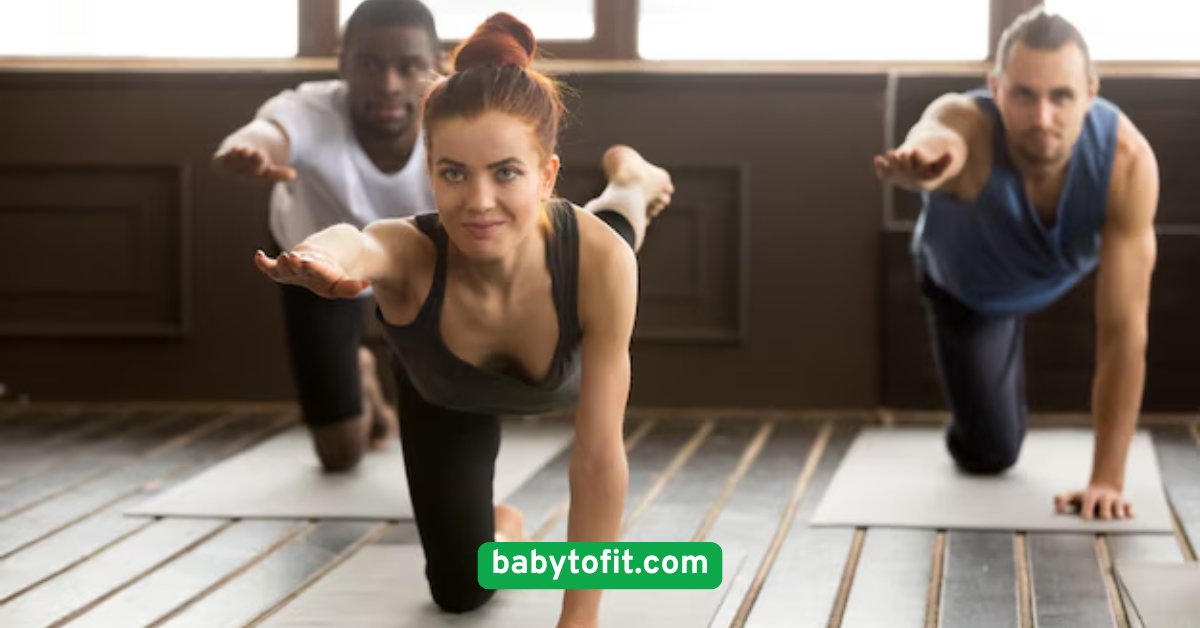
8. Modified Cat-Cow Stretch
The modified cat-cow stretch helps relieve tension from nursing, carrying your baby, and sleepless nights. This gentle flow improves spinal mobility and promotes deep, healing breaths.Begin on all fours. Inhale, arch your back and lift your head (Cow). Exhale, round your spine and tuck your chin (Cat). Move slowly through 8–10 breaths.It’s a great way to ease into movement when you’re tired or sore. This stretch boosts circulation and posture and creates a gentle rhythm that supports mental clarity and emotional release—a must for new moms!
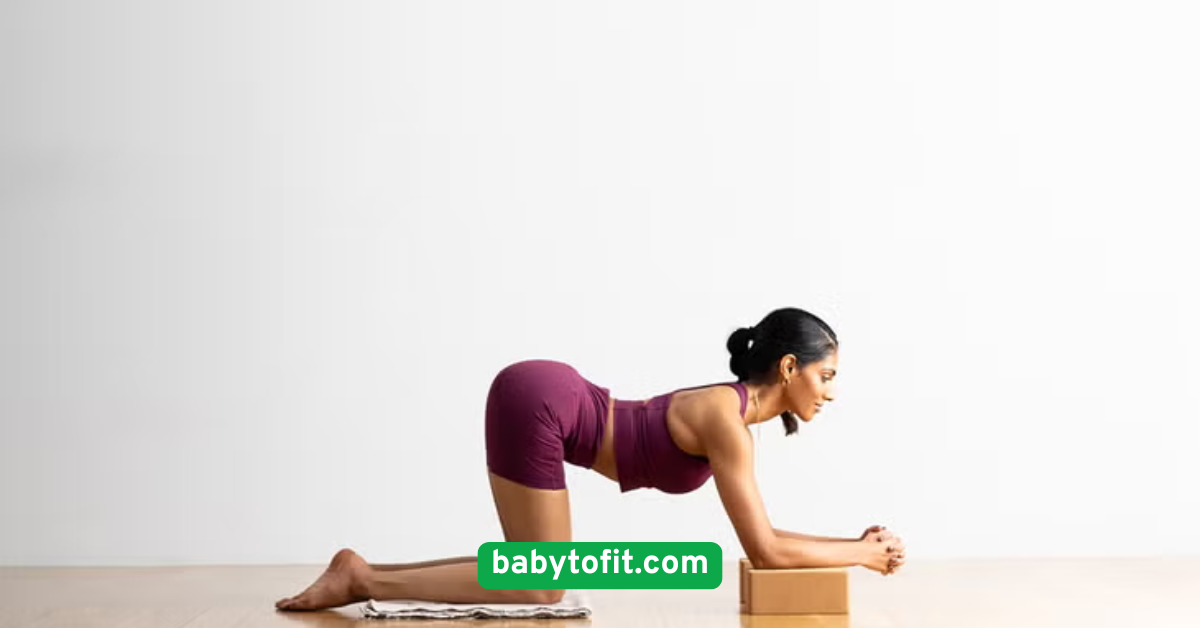
9. Chair Squats
Chair squats mimic daily movements like standing, sitting, or picking up your child. They’re functional, beginner-friendly, and help strengthen your legs, glutes, and core in a safe, controlled way.Stand in front of a chair with feet shoulder-width apart. Inhale, lower your hips toward the chair, lightly touch it, then exhale and stand back up. Perform 10–15 reps.This exercise not only tones the lower body but also improves pelvic alignment and core stability. For added safety, hold onto the back of the chair or a countertop. Over time, increase reps or add light hand weights to progress.
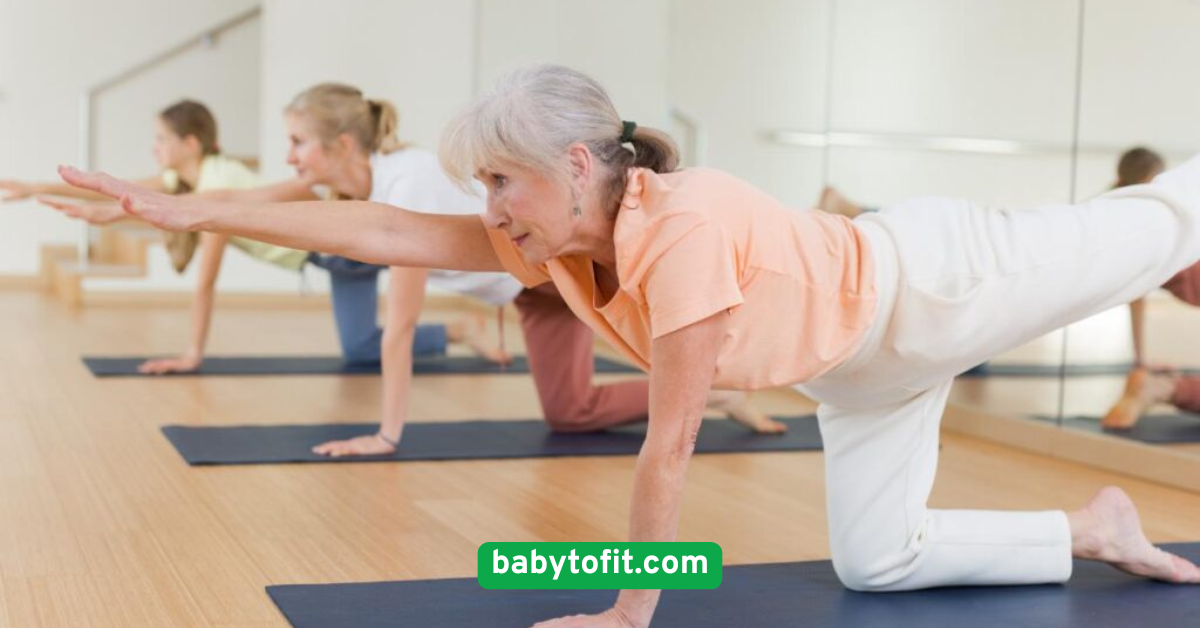
10. Child’s Pose with Deep Breathing
After all your hard work, it’s time to wind down. Child’s pose is a restorative posture that calms the nervous system, stretches the hips and back, and encourages mindfulness.Kneel on the floor and sit back on your heels. Reach your arms forward and rest your forehead on the mat or a cushion. Breathe deeply for 2–5 minutes.This pose signals your body to relax and heal. It’s not just a stretch—it’s an emotional reset. Take this moment to acknowledge your strength, your progress, and your commitment to healing.
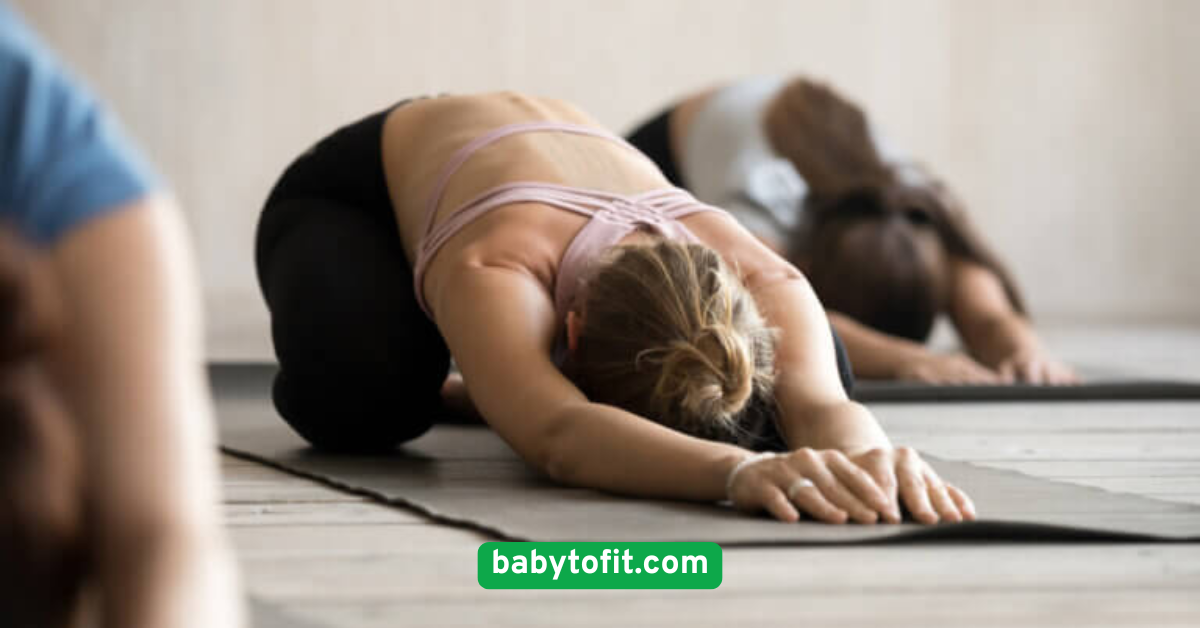
Conclusion
You don’t need hours, equipment, or a fancy gym to feel strong again. These 10 effective postpartum workouts offer a gentle yet powerful way to support healing, boost your energy, and reconnect with your incredible body.
Each movement is a small act of self-care, a reminder that your well-being matters too. Start where you are, go at your own pace, and trust that every rep, breath, and stretch is helping you recover.
You’re strong, mama. Let these workouts remind you just how powerful you truly are.





